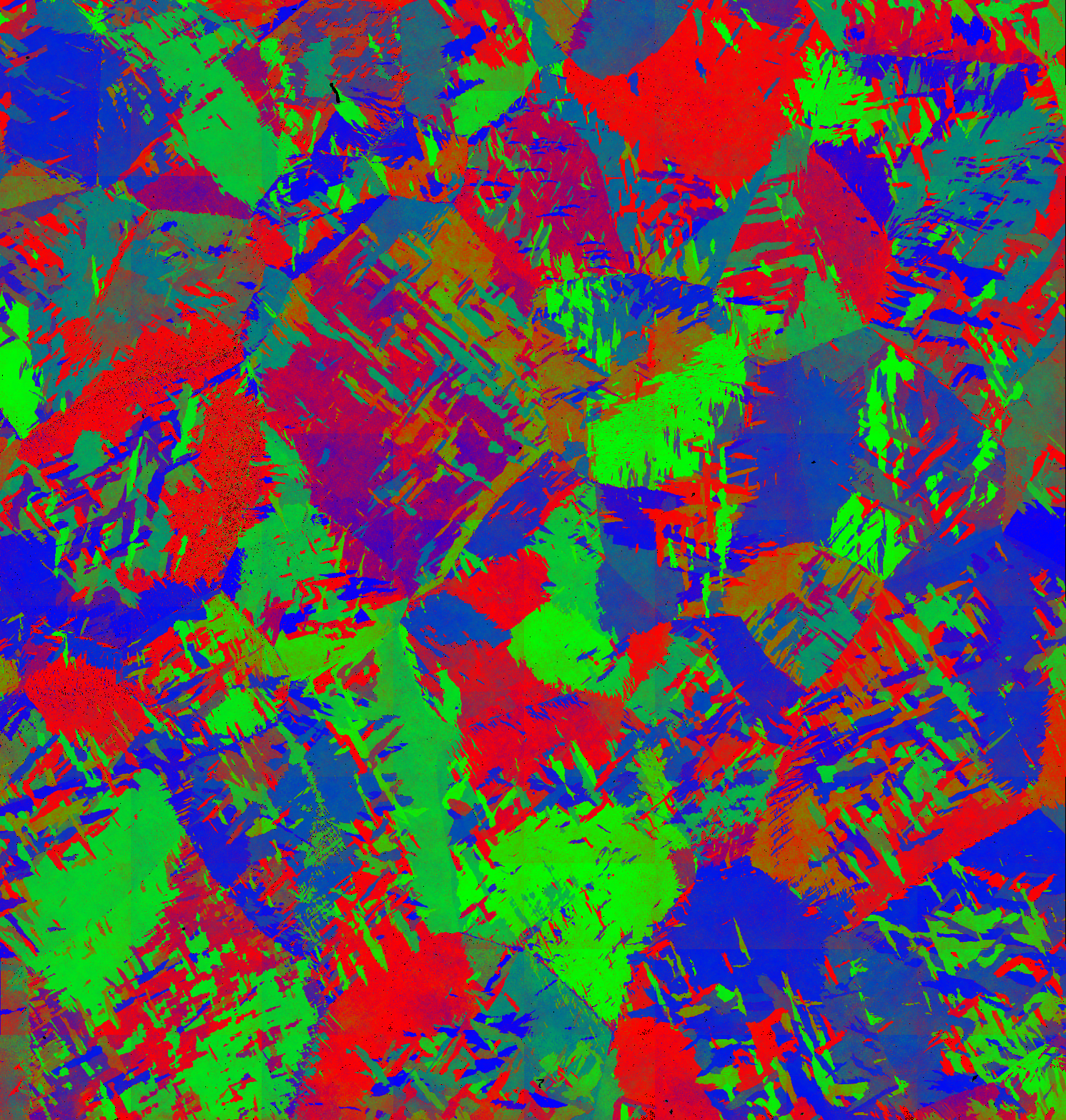What is TiPolar?
TiPolar is the fastest microtexture evaluation tool available to any sector. It marks a paradigm shift in microstructure measurement and texture mapping. TiPolar is over 450 times faster than its predecessor technology (EBSD). By making use of a light source, rather than an electron beam, there is no need for a vacuum chamber. This has enormous benefits: sample size is no longer constrained by the size of your vacuum chamber and overhead cost and maintenance costs drop substantially. TiPolar is faster, has fewer constraints, and is only a fraction of the cost of its competition.
TiPolar is perfect for:


TiPolar was forged out of necessity. Microtexture is a feature of metals, specifically Titanium, that has only been deeply considered in the last 20 years. Historically, the study of microtexture remained mostly academic because there was little industrial interest. In recent years, that has all changed. In September 2017, an Airbus A380 had a catastrophic failure of one of its turbine disks constructed of Ti-6Al-4V. Titanium is used heavily in aircraft due to its favorable combination of low density, high strength, and capacity to withstand high temperatures. The reason the turbine disk failed was to do with an unfavorable microtextural feature. The aerospace industry has extremely strict regulations on inspection and this disk, like all others, was inspected and passed. This is largely due to a lack of inspection techniques that consider microtexture, thus, TiPolar was born.
TiPolar is the first economically viable solution to a comprehensive measurment of microstructure and microtexture that will allow for microtextural standards to be developed and enforced on aerospace grade metals. Prior to TiPolar, the only way to quantify microtexture for qualification was EBSD. While EBSD is a mature technology, it can not operate over a large enough area of material to reprensentatively measure microtexture. EBSD was excellent for features that may be 10s of μm, but microtexture can be several inches in size. TiPolar combines high speed with an unconstrained sample size that will propagate microtextural evaluation on the necessary scale.
For full briefings on failures caused by unnoticed microtexture, read through the information in the links below:
BEA Investigation Report
NTSB AIRCRAFT ACCIDENT REPORT UNCONTAINED ENGINE FAILURE DELTA AIR LINES FLIGHT 1288
TiPolar captures microstructure directly comparable to EBSD. A side-by-side comparison shows C-map output indicating the same features as EBSD, but with higher clarity.
Read MoreTiPolar is owned by Materials Resources, LLC. This technology was developed through funding from a series of partnerships with the Department of Defense. The genesis of the project came from the DOD needing a fast and affordable way to determine material properties for aerospace applications. TiPolar is just one of the many solutions to come from MRLs research & development.
Materials Resources, LLC is a research and development company that specialises in creative solutions to the materials science and additive manufacturing problems plaguing our United States Military. With departments in Additive Manufacturing, High Throughput Materials Testing, Microstructure Analysis and Manufacturing Softwares, MRL is well equipped to create innovative technologies for futuristic problems. MRL is expanding and solidifying its foundation. If you are interested in learning more about MRL or looking for a spot on the team, visit Our Website.
